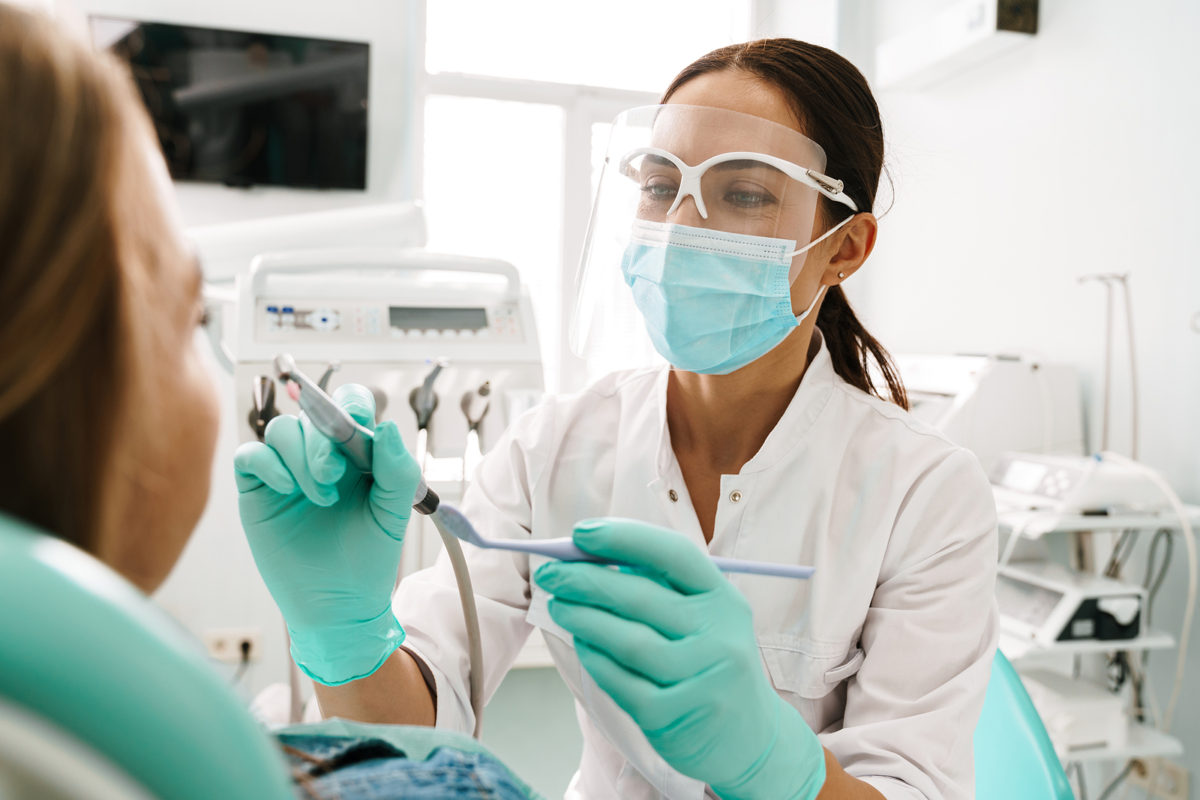What is Profound gel and why do so many dentists and hygienists use it on a daily basis? You may be familiar with topical anesthetics available from your dental product supplier like benzocaine gels. Unlike a manufactured anesthetic, Profound is a compounded topical anesthetic that is custom made by a pharmacy for dental offices. It contains a combination of topical anesthetics to produce a more profound anesthesia (hence the name).
What is in Profound Gel?
The typical Profound gel formulation contains lidocaine 10%, prilocaine 10%, and tetracaine 4%. Phenylephrine, a vasoconstrictor, may be added to the formulation to keep the anesthetic in the treatment area longer and reduce the risk of high plasma levels of anesthetic. In addition, phenylephrine has been shown to have its own anesthetic effects. The combination of lidocaine, prilocaine, and tetracaine in these strengths can only be made by a compounding pharmacy. In addition to these concentrations, a formulation can be made that has only half the strength of each ingredient. This may be useful for giving to pediatric patients or those who may be sensitive to the higher strengths.
We usually call this formulation Profound gel, although it can be made in the form of an ointment as well. The ointment has a different texture that some dentists prefer and also has a different beyond use date (longer than the gel due to the gel’s water content).
What Procedures Benefit from Profound Gel?
Profound gel is used before a variety of dental procedures. One common use is as a pre-injection topical anesthetic. Patients often avoid going to the dentist simply because they are wary of needles or actually needlephobic. The intense anxiety about the insertion of a needle for local anesthetic can lead to patients not getting the dental care they need. Topical anesthetic can alleviate part of the pain of the injection (the needle stick).
Another common use of Profound is for numbing prior to scaling and root planing/deep cleanings. Many hygienists request that dentist’s order compounded topical anesthetic as it makes their job much easier when performing SRP. If applied appropriately, Profound gel can replace administration of injected local anesthetic for these treatments.
Other procedures where topical anesthetic may be used include extraction of teeth, placement of orthodontic bands, surgical treatment of mucosal surface, and inhibiting the gag reflex during some procedures. For inhibiting the gag reflex dentists sometimes choose a dyclonine rinse vs a gel as it can be used to anesthetize the entire mouth.
How is Profound Gel Applied?
Before applying topical anesthetic, the oral mucosa should be as dry as possible. This enhances the effects of the anesthetic. For the gel, dentists will often apply the gel to gauze which is then held on the oral mucosa. The anesthetic should be wiped off after 3 minutes to prevent any tissue sloughing. Anesthesia will last around 20-30 minutes.
Does Profound Gel Have Adverse Effects?
There are few adverse effects reported from the use of Profound gel when it is used appropriately. There is a potential for an allergic reaction although this risk is rare. Patients should be asked about any potential allergy to any of the ingredients in the formulation. If the gel is left on too long, it may result in tissue necrosis so the area should be cleaned thoroughly after application. Compounded topical anesthetics are used by dentists throughout the country, but they are not FDA approved. As such their use is considered off-label.
Compounding Profound Gel
Profound gel and ointment can be made by a compounding pharmacy with a prescription. Our compounding pharmacy can make this formulation in multiple flavors to improve its palatability for patients. Dentists who are interested in ordering Profound can reach out to us directly here.
Articles
Epinephrine, phenylephrine, and methoxamine induce infiltrative anesthesia – Acta Pharmacologica Sinica
Recent advances in topical anesthesia – Journal of Dental Anesthesia and Pain Medicine

